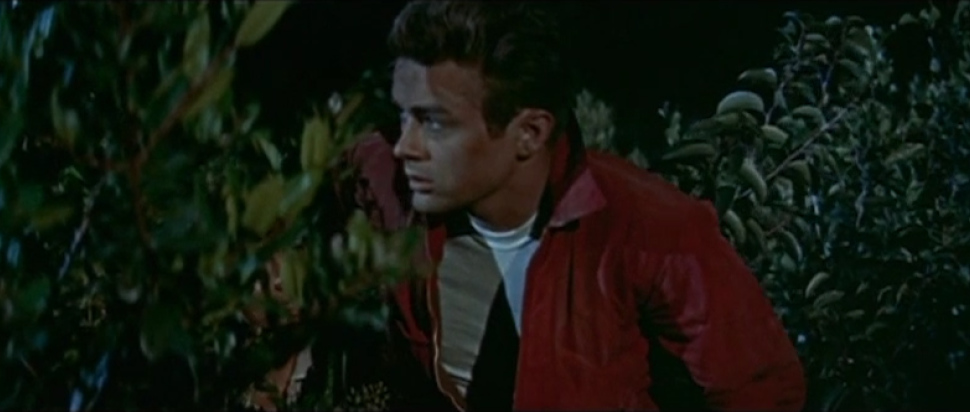The CGI Jeebies: Bringing actors back from the dead
A new movie wants to bring James Dean back from the dead and CGI has removed the need for intergenerational casting in decades-spanning gangster epic The Irishman. What does that mean for the future of screen acting?
When James Dean died in a car accident on 30 September 1955, his latest film, Giant, was still filming. He was buried a little over a week later at Park Cemetery in Fairmount and the day after the funeral, co-star Elizabeth Taylor had to return and finish her scenes with a stand-in. Watching the film, there’s a scene in which Dean is alive on camera, and then when it cuts to Taylor’s reaction and lines, he’s dead. He died in the cut. Some of his lines were dubbed by TV actor Nick Adams, because the on-set audio wasn’t useable. The show must go on. The film must be finished.
But now a totally new film is being made that has cast the long-dead James Dean in a secondary role. Vietnam War drama Finding Jack will use a CGI version of Dean to play what is described as a "secondary character". Producer-directors Anton Ernst and Tati Golykh and producer Donald A Barton argue that they couldn’t find anyone for the role and that they have the support of Dean’s family, though who this family are – given that Dean had no siblings and died childless – is a valid question. Hollywood luminaries such as Chris Evans, Elijah Wood and others took to Twitter to denounce the decision, and many have argued this is a cheap gimmick but also a disturbing warning sign.
Questions are now being asked as to who owns an actor’s image post-mortem, and many are referencing Ari Folman’s 2013 movie The Congress as uncannily prescient. In the animated feature, Robin Wright voices an actor who sells her image to the studio and allows a CGI version of herself to continue her career.
Of course, this would not be the first time CGI has been used to create a performance from a dead actor. When Oliver Reed died during the making of Ridley Scott’s Gladiator, a missing scene was recreated with his floating cut-and-paste head and some overdubbing; likewise, Paul Walker in Fast and Furious 7 and Brandon Lee in The Crow. It’s pretty ropey but at least it meant that their characters got proper endings to their arcs, unlike the unfortunate Marty Feldman who died while filming Yellowbeard, and whose character is killed off with unseemly haste by falling down a hole. These were relatively short scenes and there is a compelling argument that these final performances should be preserved, even if it involves some trickery to bring them over the finishing line.
More recently, however, we have seen a change in films such as Rogue One which recreated Peter Cushing’s performance as Grand Moff Tarkin for A New Hope is a whole new story. Visual effects supervisor John Knoll told the Guardian: “We weren’t doing anything that I think Peter Cushing would’ve objected to”. The film also included a de-aged version of Carrie Fisher as Princess Leia. Since Fisher’s death two weeks after the release of Rogue One, there has been speculation that her performance in the concluding Star Wars film The Rise of Skywalker will also be digitally assisted, though this has been denied.
De-aging has also been widely used in Martin Scorsese’s new film The Irishman and presents another set of issues, but here the problems are less ethical and more aesthetic.
Robert de Niro (76), Al Pacino (79) and Joe Pesci (76) play characters in their 40s and 50s, with de Niro also appearing briefly in his late 20s/ early 30s. The occasional dissonance caused by seeing younger versions of the actors – who, incidentally, don’t look that much like the younger selves we saw earlier in their careers – doesn’t damage the movie on the whole. In fact, some contend that it actually underlines the themes of ageing, memory and regret.
But I found myself thinking of other gangster epics such as Francis Ford Coppola’s The Godfather Part II and Sergio Leone’s Once Upon a Time in America, which spanned decades in the lives of the criminals we follow but reproduced them via intergenerational casting and makeup. The latter was much criticised in Leone’s film and shows that even old-fashioned technology was not immune to criticism when it failed to convince. It also begs the question: would a de-aged Marlon Brando have produced a performance as rich and interesting as de Niro himself did as the young Vito Corleone in The Godfather Part II?
The push-back about Dean’s CGI resurrection suggests that there are a lot of ethical wrinkles to iron out and many actors are probably rewriting their wills to explicitly retain control of their image rights, as Robin Williams has already done for the 25 years following his death. But here’s a rebellious thought which floats into my head. What if Scorsese could cast James Cagney? Or Steven Spielberg could shoot a film with Jimmy Stewart? What if Marilyn Monroe appeared in the new Greta Gerwig movie? Or Humphrey Bogart appeared in the next Quentin Tarantino joint? Terrible, awful, unethical and totally wrong. But I’d be lying if I told you I wouldn’t still buy a ticket.
The Irishman is in Scottish cinemas from 15 Nov before streaming on Netflix from 27 Nov
